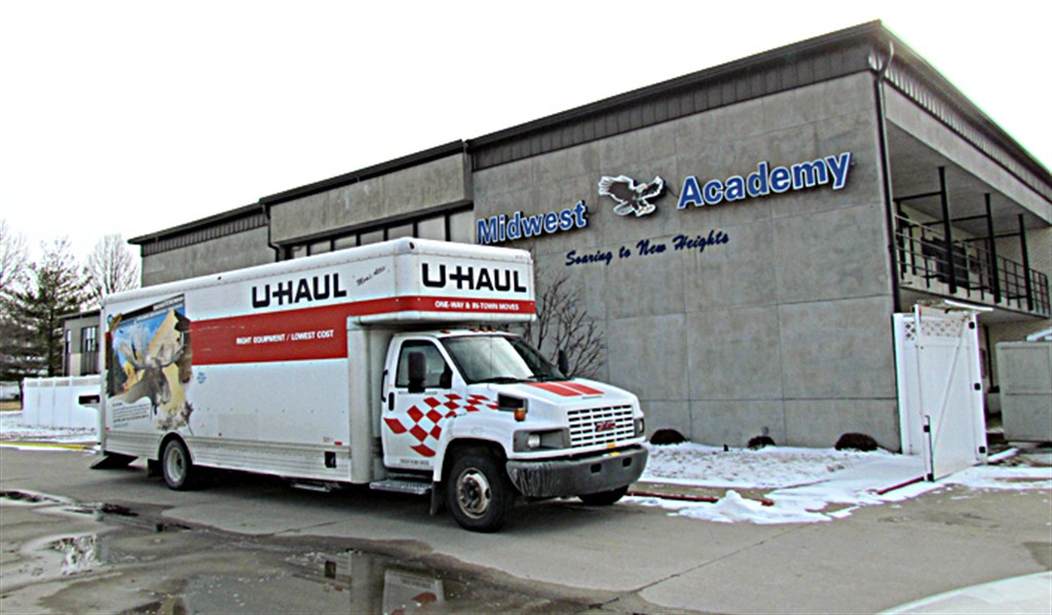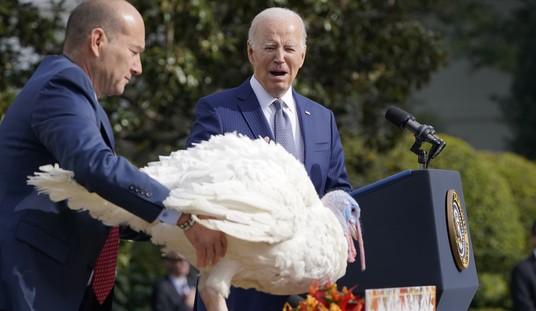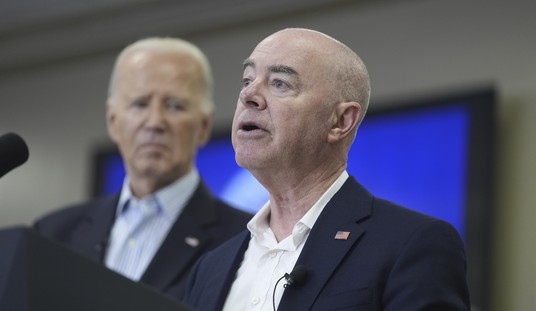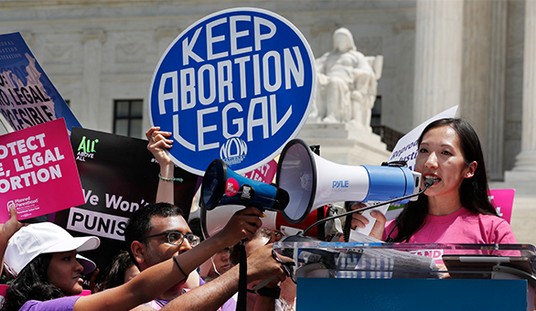Americans see themselves as people on the move. When the going gets tough or when opportunity beckons, we get up and go. We move around a lot.
Actually, we don't -- or don't nearly so much as we used to. The percentage of Americans moving every year is less than half that of a half-century ago and down significantly since the early 1990s.
Some of that decline is a response to the economic cycle. Contrary to widespread impression, mobility tends to decline in bad economic times. The Okies moving from the Dust Bowl to the Central Valley of California made a big impression in the 1930s because they were the exception, not the rule. Most Americans stayed put and ate vegetables raised in their gardens or window boxes, making do as best they could.
The vast movements to the western frontier had ended decades earlier, and farm-to-factory migration went on pause. Foreign immigration was almost nonexistent, even below the low quotas set in the restrictive Immigration Act of 1924.
Then, during World War II, Americans moved around a lot, serving in the military, working in defense plants, leaving behind farm counties whose population peaked in the 1940 census.
It became a habit. In the postwar years, millions of whites moved to California, the golden state they had seen in the war and the movies, while one-third of American blacks moved from the segregated rural South to what they believed was "the promised land" of northern industrial cities.
You can see in the statistics similar movement away from the Rust Belt in response to factory closings during the recessions of 1979-83. Laid-off autoworkers in Detroit bought copies of the Sunday Houston Chronicle to scan help wanted ads. Steelworkers in Pittsburgh and coal miners in West Virginia rented U-Hauls for points south and west.
You haven't seen similar mobility in the slow-growth years of this century. There is heavy domestic outmigration from high-cost, high-immigration metro New York, Chicago and Los Angeles to the interior. But people in the Rust Belt have been staying put.
Recommended
To understand why, read Ron Bailey's riveting Dec. 10 article for Reason, titled "Stuck," about his family's ancestral home in McDowell County, West Virginia. It was the nation's No. 1 coal-producing county in 1950, when the Baileys left. Many others did, too; McDowell County's population declined from 98,000 in 1950 to 22,000 in 2010.
But few people are leaving now -- even though those who remain are in miserable shape. McDowell County has the lowest male life expectancy of any American county, and it has a high percentage of heroin addiction. Only about half of children are raised in two-parent families.
It also has a very high dependency on government. As Bailey reports, nearly 47 percent of personal income comes from Social Security, disability insurance (some 9 percent of West Virginia adults get disability payments), food stamps and other federal programs. McDowell County is a prime example of the dysfunctional communities that have caused the increase, identified by economists Angus Deaton and Anne Case, in mortality rates of middle-aged white Americans.
Government benefits, even federal benefits, are not readily transferable and tend to keep beneficiaries stuck in place. They often can't obtain jobs in growth areas because of occupational licensing laws or drug testing, and they aren't interested in competing for jobs with low-wage immigrants jammed into expensive housing in coastal metro areas.
Labor market economic theory posits that workers will move to jobs. But history teaches that mobility is not just a matter of economic calculation. For most people, staying put is the default mode. They only take the unusual step of moving to pursue dreams or escape nightmares.
And they don't move where they think they are not wanted. Only 2 million black and white Southerners moved to the higher-pay North between 1865 and 1940, even as 30 million European immigrants streamed there. Southerners considered the North a nightmarishly alien territory; Europeans sought escape from the nightmare of second-class status in multiethnic empires.
The World War II experience convinced a generation or two of Americans that they could realize their dreams by getting up and going. But the war ended 71 years ago, and the postwar years are dimming in the rearview mirror. Some Americans are still on the move. But many are stuck in nightmare settings that they seem unable to escape.

























Join the conversation as a VIP Member